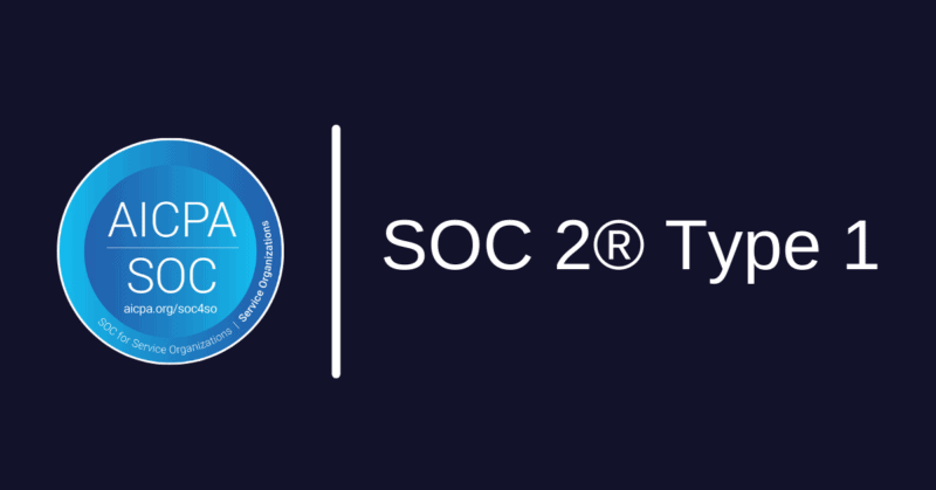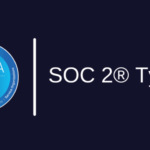- 2022-11-09
- 0 Comments
- By WindPoint Solutions
SOC2 is a popular compliance framework that is gaining more importance in the industry. It enables organizations to demonstrate their systems’ controls and security practices to stakeholders, regulators, prospective clients, and partners. Within the SOC2 framework, Type 1 and Type 2 are two commonly used reports. While SOC2 Type 1 focuses on the design of the control environment, Type 2 scrutinizes the actual implementation of the controls over a specific period. This blog post is designed to help CISOs and CIOs understand the differences between SOC2 Type 1 and Type 2 and how their organization can prepare for SOC2 Type 2.

Introduction
What is SOC2 Type 1?
What is SOC2 Type 2?
How Organizations should prepare for SOC2 Type 2
Benefit of SOC2 Type 2
“Security is not a destination; it’s a continuous journey. Achieving SOC2 Type 1 and 2 compliance signifies our commitment to safeguarding your data and maintaining the highest standards of security.”
What Is SOC2 Type 1?
SOC2 Type 1 is an audit and report that demonstrates the design of an organization’s controls. This report evaluates the design of the systems and processes that are used to manage and secure the data of an organization. It evaluates the suitability of the controls in terms of meeting the SOC2 criteria. The report is based on an assessment of the established controls as of a specific date.
What Is SOC2 Type 2?
SOC2 Type 2, on the other hand, evaluates the actual implementation of the controls over a period of time, usually six months or longer. Type 2 reports can establish trends in the effectiveness of the controls. The report will identify the organization’s strengths and weaknesses during the assessment period. SOC2 Type 2 reports are preferred by many organizations since they provide a more in-depth evaluation of the effectiveness of their controls.
How Organizations Should Prepare for SOC2 Type 2
Preparing for SOC2 Type 2 can be overwhelming, but the right approach can make all the difference. Here are some tips to help organizations prepare for SOC2 Type 2:
- Start by identifying the requirements of the SOC2 audit and review the previous year’s report. Identify gaps and areas that need improvement.
- Define a clear scope of the audit. This will enable the organization to focus on specific areas that require attention.
- Work with the service auditor to define the timeline for the audit. This ensures that the audit process does not interfere with the organization’s operations.
- Ensure that all employees are aware of the audit and the importance of their role in meeting the SOC2 criteria.
- Perform regular internal audits to identify issues in the control environment that require attention.
Benefits of SOC2 Type 2
SOC2 Type 2 reports are becoming increasingly vital in today’s environment, and organizations are becoming more interested in them. In addition to demonstrating an organization’s commitment to security, SOC2 Type 2 reports can also help organizations:
a. Improve their security posture through regular assessments.
b. Avoid data breaches by identifying vulnerabilities before they can be exploited.
c. Provide evidence of compliance to regulatory bodies and other stakeholders.
d. Enhance their reputation as a trusted partner for clients and service providers.
Summary
In summary, SOC2 Type 1 and Type 2 assessments are vital for organizations that need to demonstrate their commitment to security and data privacy. While Type 1 focuses on the design of the control environment, Type 2 assesses the effectiveness of the controls over a specific time period. Organizations should prepare for SOC2 Type 2 by identifying the requirements of the audit, defining a clear scope, and working with the service auditor to establish a timeline. SOC2 Type 2 reports offer numerous benefits, including enhancing an organization’s security posture, avoiding data breaches, demonstrating compliance, and enhancing their reputation. By implementing the tips outlined in this article, organizations can meet the SOC2 criteria and improve their security posture.





